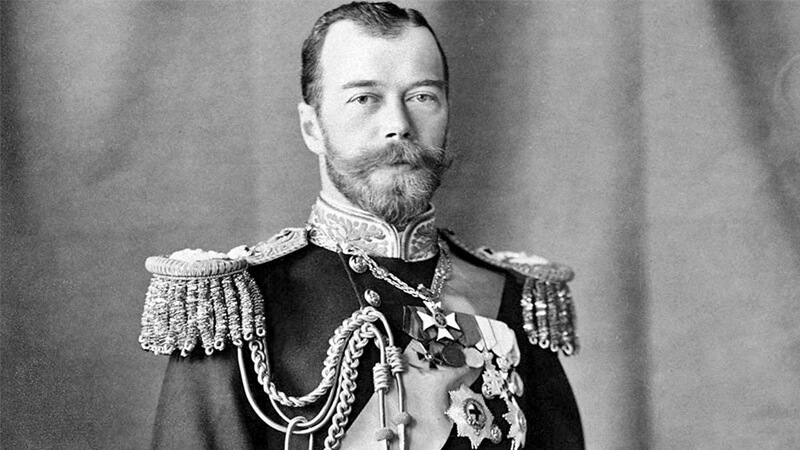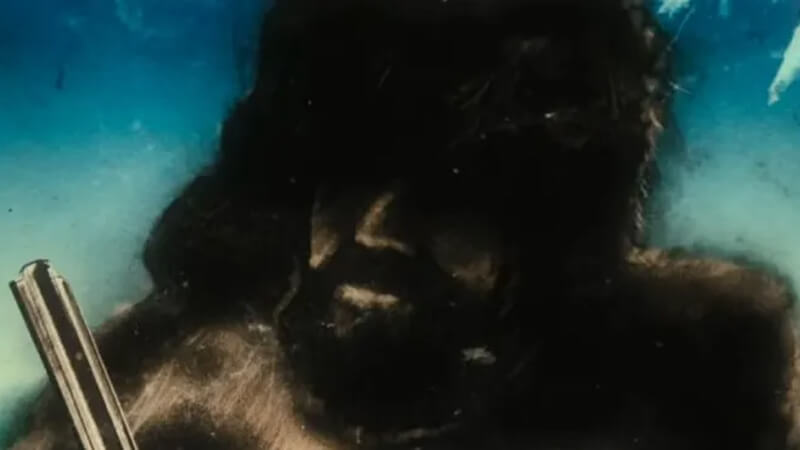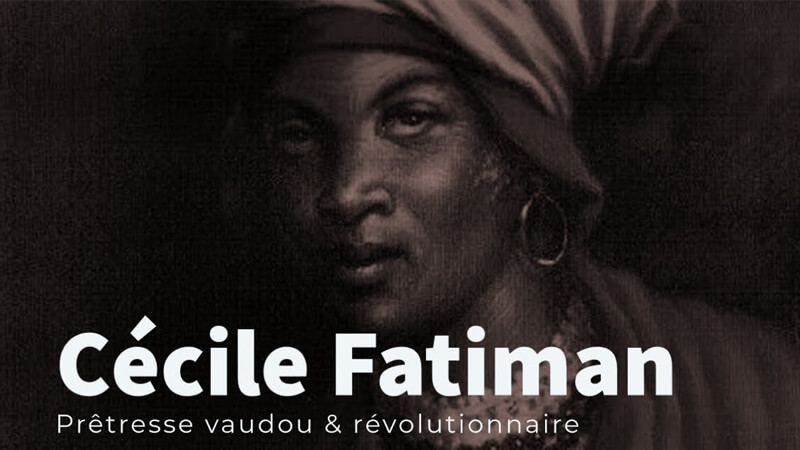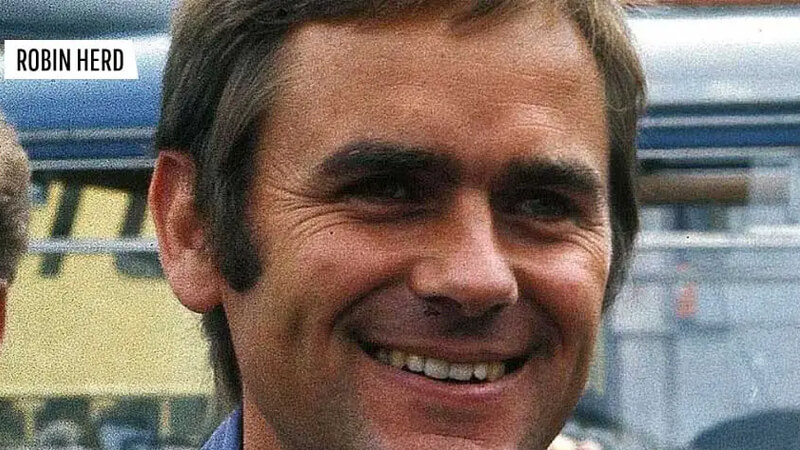Biography of Nicolas II:- Last czar of Russia, in which the Romanov dynasty was extinguished. He acceded to the throne in 1894, happening to its father, Alexander III of Russia .
In general he followed the autocratic policy of his predecessor, although it seems to have shown little interest and null aptitudes for the tasks of government.
See Also: Biography of Solomon
Due to incapacity or weakness, she fell under the influence of Czarina Alexandra Fyodorovna (Princess Alix of Hesse-Darmstadt) and her adviser Rasputin .
Biography of Nicolas II
- Born:- 18 May 1868, Alexander Palace, Pushkin, Saint Petersburg, Russia
- Died:- 17 July 1918, Ipatiev House, Russia
- Spouse:- Alexandra Feodorovna (m. 1894–1918)
- Coronation:- 26 May 1896
- Reign:- 1 November 1894 – 15 March 1917
- Mother:- Maria Feodorovna (Dagmar of Denmark)
- Children:- Grand Duchess Anastasia Nikolaevna of Russia,
Under his reign, but rather outside his direct intervention, Russia experienced a process of accelerated industrialization (which brought about important workers’ nuclei) and strove to extend its influence in Asia by rivaling the western powers in the imperialist race: intervention in the Chinese-Japanese War of 1896, base of Port Arthur in 1898, occupation of Manchuria in 1900 and distribution of Persia in spheres of influence with Great Britain in 1907.
Attempts to exert a decisive influence in Eastern Europe and the Balkans as the head of a Pan-Latvian movement led to multiple international conflicts and tensions, owing to the Russian alignment with Serbia against the interests of Austria-Hungary.
But after suffering a first diplomatic defeat in the Bosnian crisis (1908), the Balkan Wars of 1912-13 finally ended Russian control of the Balkan peninsula.
Nicolás II, ill advised and isolated from the national opinion, left with his immobility that the great problems that afflicted the Tsarist regime were afflicted: the poverty of the peasantry and its hunger for land, social tensions and revolutionary agitation, aspirations for freedom and democracy of the reformist intellectuals.
In 1905 led the country to a war against Japan in which it was defeated; the popular discontent broke out in a revolution in that same year, in front of which it offered no other answer than the military repression.
Both events constituted the prolegomena of the final crisis in which the Monarchy would perish: in 1914, Russia re-engaged in an external war, the First World War , for which it was not prepared militarily, economically or politically, although Nicolás II cannot be held responsible for the great decisions of that moment, for it was a toy in the hands of the courtly powers.
Successive defeats against the modern German army eventually demoralized the country and disarticulated state structures, facilitating the February Revolution of 1917, which overthrew the Tsar and established a Republic in Russia.
Nicolás II abdicated and was allowed to stop without offering resistance against the provisional government of the prince Gueorgui Lvov and Aleksandr Kerenski . It was confined along with the rest of the royal family in the locality of Yekaterinburg (present Sverdlovsk), in the Urals; after the triumph of the Second Russian Revolution of 1917 (the October Revolution), which brought Lenin’s Bolsheviks to power and gave way to a Communist dictatorship, the Czar was executed along with his whole family, by decision of the Ural Soviet .




